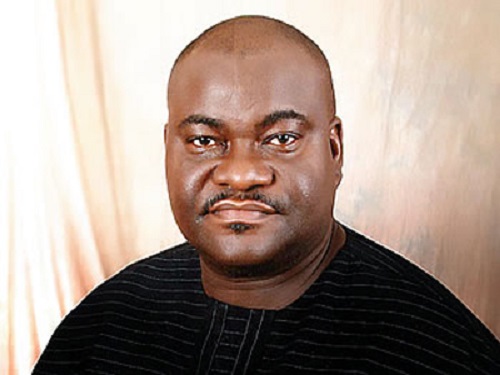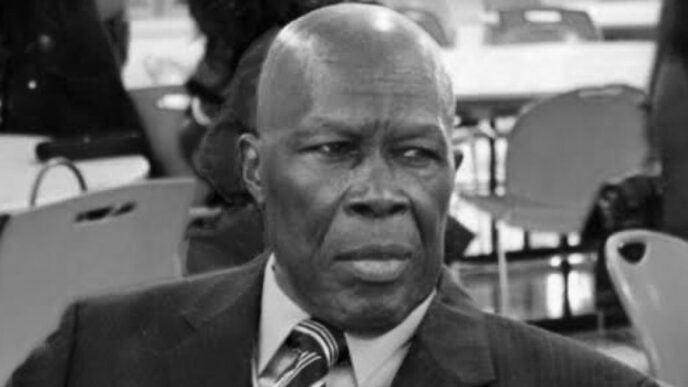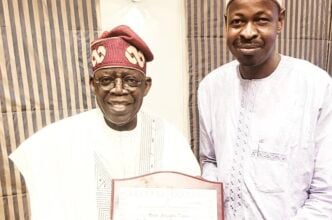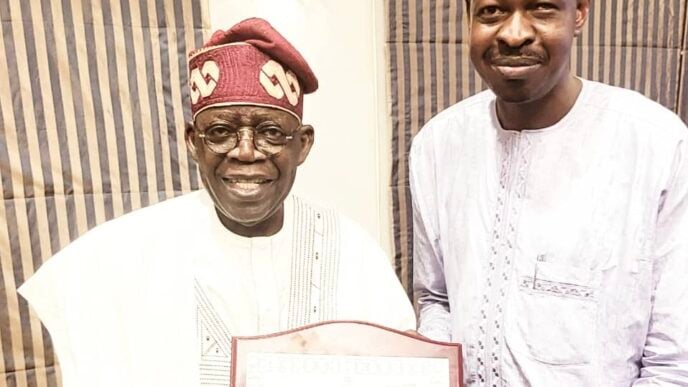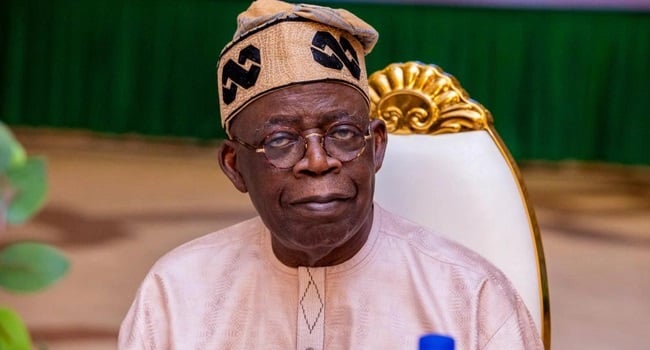Last week, President Bola Ahmed Tinubu flagged off the construction of the Second Niger Bridge access road, which connects Delta State and Anambra State. Actually, this access road – which provides an alternative to by-pass the very busy city of Onitsha when travelling from Asaba and which is very important for the economic growth of the south-south and south-east regions – is what is required to fully consolidate the impact of the Second Niger Bridge.
The Second Niger Bridge has a long history and only those who have followed this history will truly appreciate the importance of the recently flagged off access road linking Delta and Anambra. This very important bridge was first proposed during the 1978/79 political campaign by then candidate Shehu Shagari of the National Party of Nigeria (NPN), who went on to win the elections but could not accomplish this promise. And in 1987, after the then minister of works and housing, Abubakar Umar, warned about the condition and traffic pressure on the First Niger Bridge, the then head of state, General Ibrahim Babangida, challenged Nigerian engineers to come up with a design for the Second Niger Bridge. Nigerian engineers, through the Nigerian Society of Engineers, lived up to this challenge but this project could not materialize as General Babangida left office in 1993. Interestingly, this much awaited 1.6km Second Niger Bridge was finally delivered in 2022 through the Presidential Infrastructure Development Fund (PIDF) created by President Muhammadu Buhari and managed by the Nigeria Sovereign Investment Authority (NSIA).
President Tinubu’s road revolution vision, which is being aggressively implemented by the minister of works, Engr. Nweze David Umahi, prioritizes roads that would enhance connectivity, ease transportation, reduce travel time and traffic congestion and spur socioeconomic activities. This is also the vision of the Anambra State Government, under Governor Chukwuma Soludo’s watch. Anambra State is currently a large construction site.
A few days ago, precisely on the 20th of March 2025, the Asagba of Asaba, Prof. Epiphany C. Azinge (SAN), led a high-powered delegation to Abuja to thank President Tinubu for this access road (Phase 2A Contract) which links major parts of Delta, through the Benin-Asaba Expressway to the Second Niger Bridge, describing it as a transformative project. Governor Soludo, who also represented President Ahmed Tinubu during the flagging off of the Phase 2B of this access road project – i.e. the part linking the Second Niger Bridge to communities in Anambra – also highlighted the huge significance of this project. This 17.5km dual carriageway portion of the access road linking Anambra to the Second Niger Bridge will have seven bridges, security cameras and solar-powered street lights in order to enhance security. This road stretches from the Umunya/Ogbunike corridor of the Enugu-Onitsha Expressway, passing through the Old Enugu Road and communities such Atana, Ogidi, Nkpor-Umuoji Road. This road will help motorists by-pass the very busy city of Onitsha if they want to. This access road will provide the much-needed solution to the gridlock experienced in the First Niger Bridge and Onitsha, especially during festive seasons. The President Tinubu-led administration has paid 30% of the sum of this project. (This N170 .7bn Phase 2B Contract was awarded to CGC Construction Company and has a completion time of 30 months). This shows the federal government’s commitment to get this project done.
Advertisement
This road project is just one example of the strategic roads being constructed by the President Tinubu-led administration in the south-east and south-south regions of Nigeria. Some of these strategic roads, which have been awarded and work has commenced, include: the Lagos-Shagamu Interchange to Benin; the 125km dual carriageway Benin to Asaba Expressway; Onitsha to Warri Road; Enugu to Port Harcourt Expressway; Enugu – Onitsha Expressway (the minister of works informed Governor Soludo that work will re-commence on this road which is being done in collaboration with MTN under the government’s tax credit scheme); Enugu to Abakaliki dualization; Makurdi to 9th Mile Expressway; New Flyovers and Reconstruction of Bridges in Enugu.
President Tinubu’s huge coastal road project gives a glimpse of his mindset: he wants to aggressively expand connectivity in Nigeria. Increased connectivity will boost economic growth. President Tinubu’s road projects in the south east will enhance trade, facilitate seamless travel, and open new economic opportunities. And just as Governor Soludo raised, if the President goes on to construct the federal highway that goes from Anambra West Local Government Area to Ajaokuta, travel time between Anambra and Abuja will be reduced to just 3 hours.
President Tinubu’s road revolution vision aligns with Governor Soludo’s. In the last 3 years, over 760km of roads – including 7 large bridges and other bridge-like massive culverts- have been awarded by the Governor Soludo-led administration in Anambra and 460km of this have been fully asphalted. The Anambra State Government is currently maintaining an average pace of asphalting 13km of brand-new roads monthly. This is exclusive of the over 650m of roadway that has been made motorable through the state’s zero – pothole program.
Advertisement
President Tinubu’s road revolution strategy is an innovative way of addressing Nigeria’s road infrastructure deficit. It is a combination of direct government funding and private sector led funding. The Nigeria’s Highway Development and Management Initiative and the tax credit schemes are innovative. This is the way to go. This column believes that President Tinubu is determined to make a big difference in Nigeria.
Nwankwo is the special adviser on special projects to Soludo.
Views expressed by contributors are strictly personal and not of TheCable.
Add a comment





